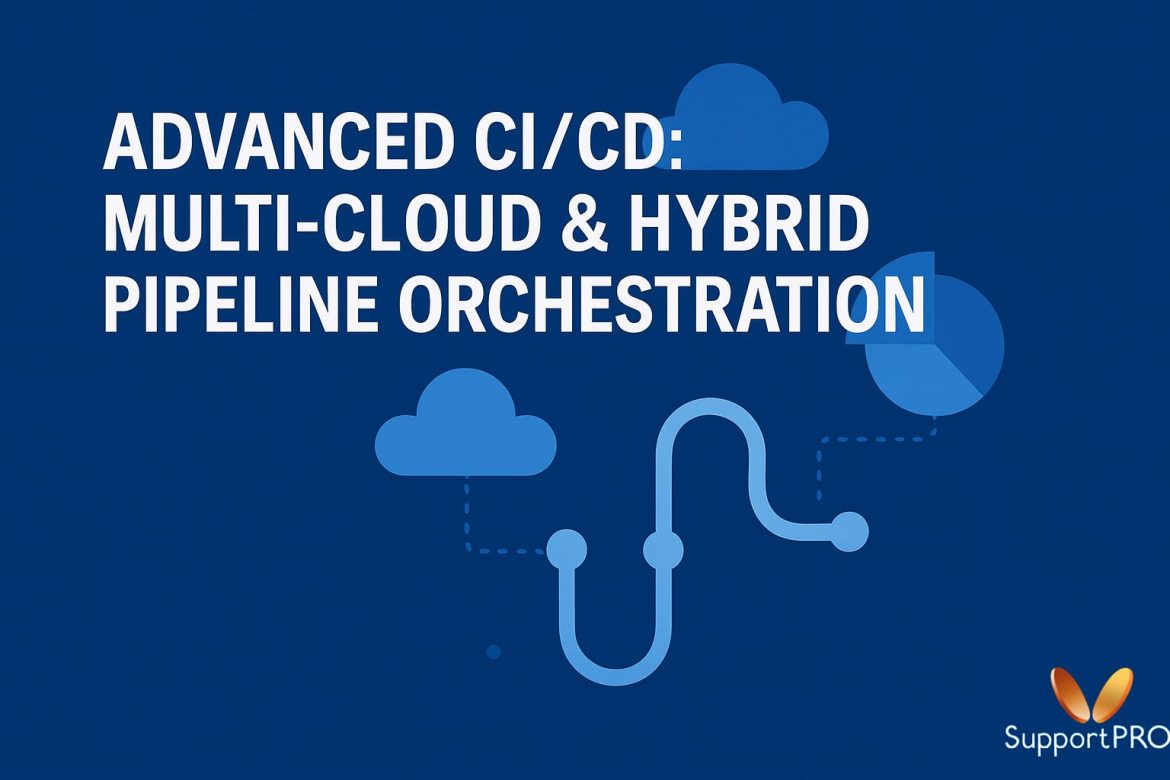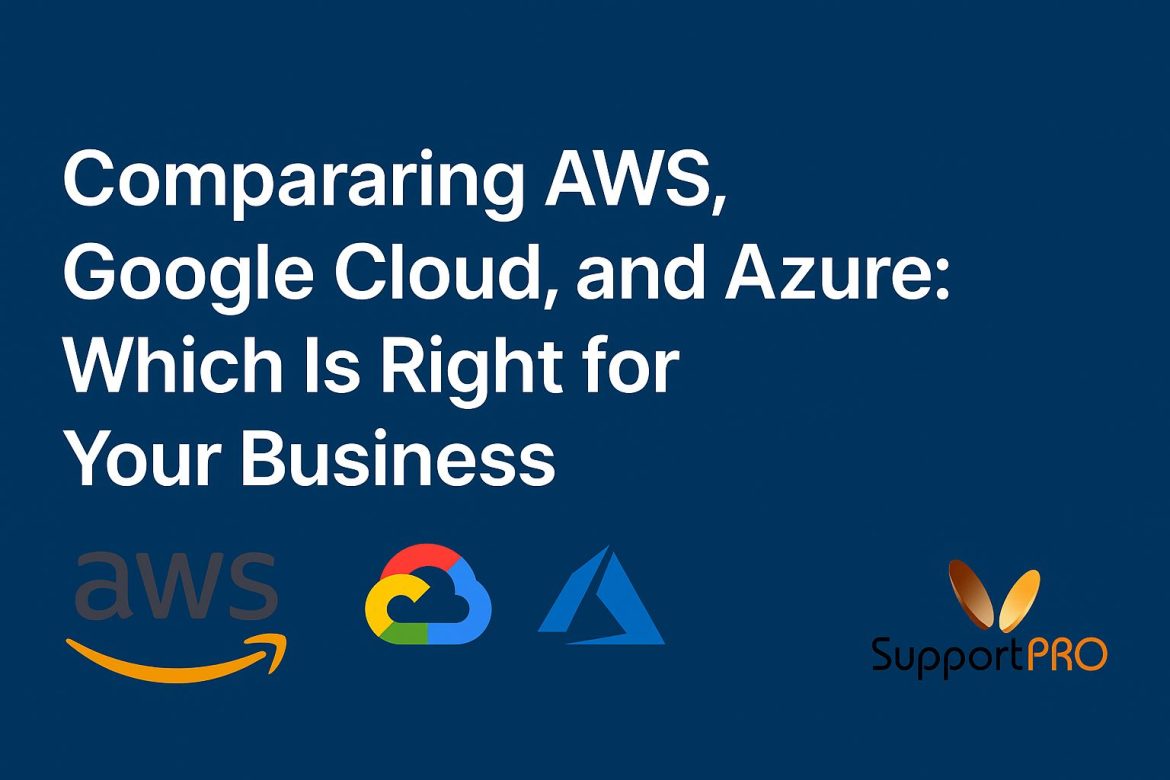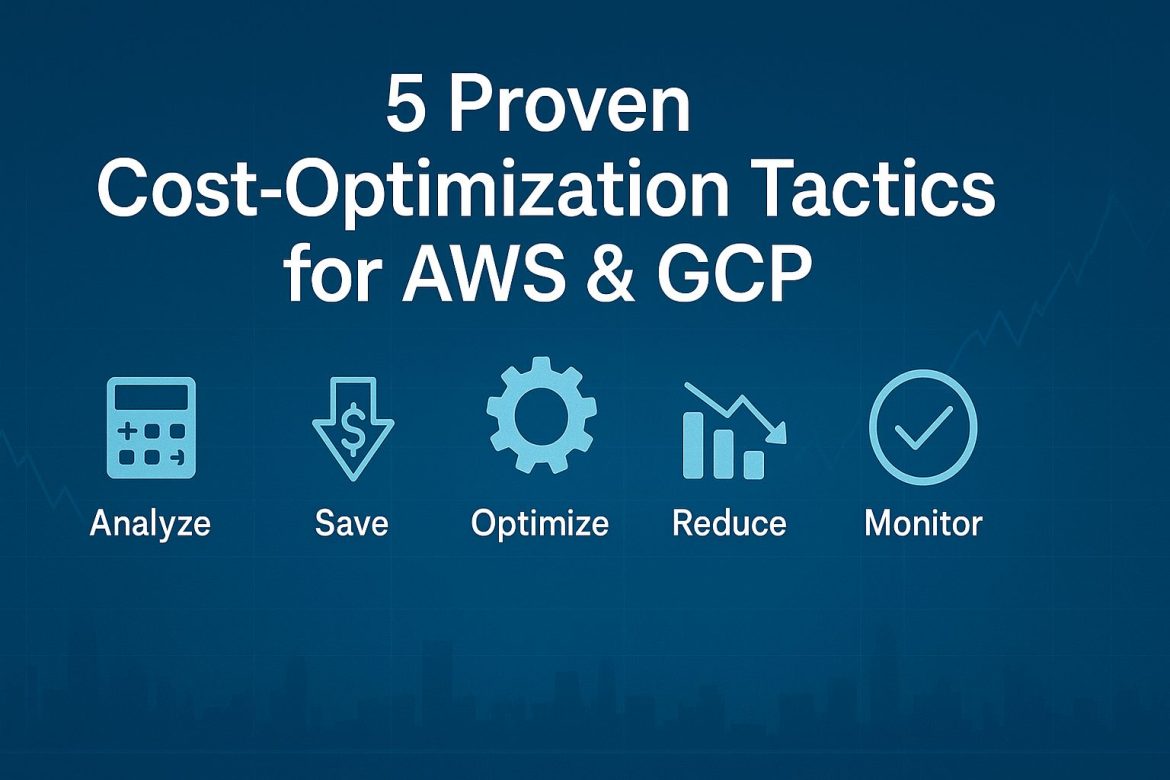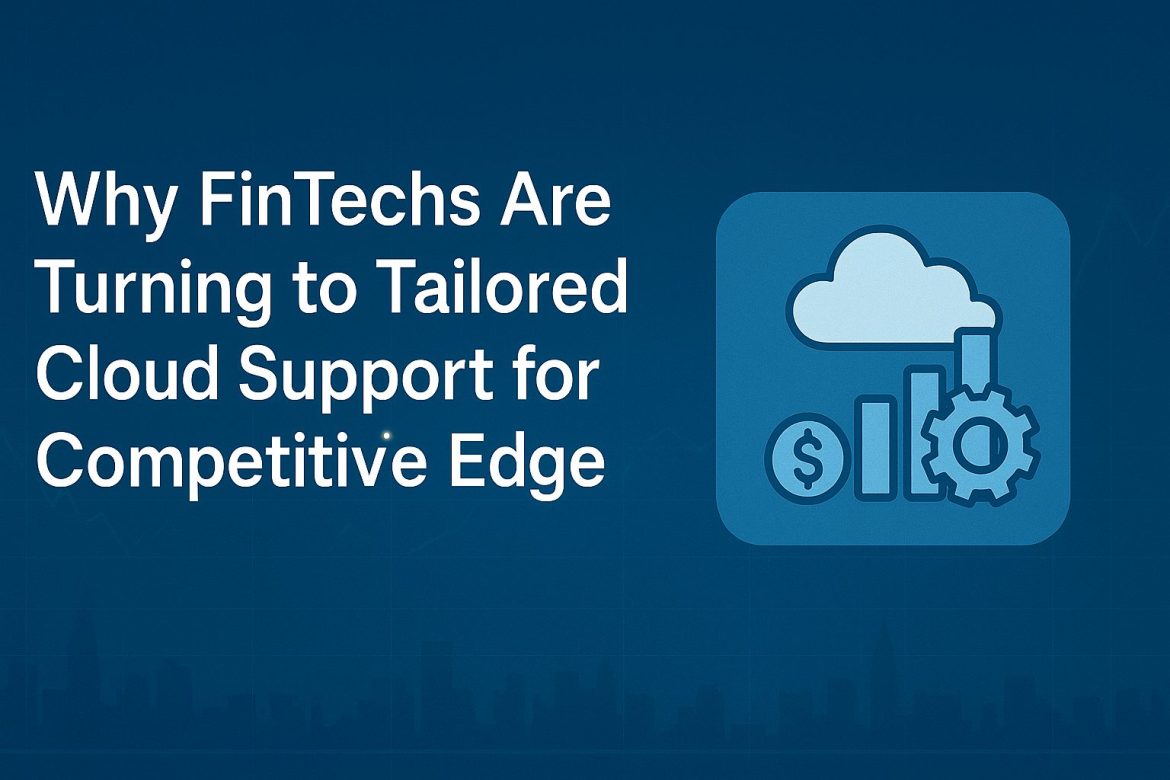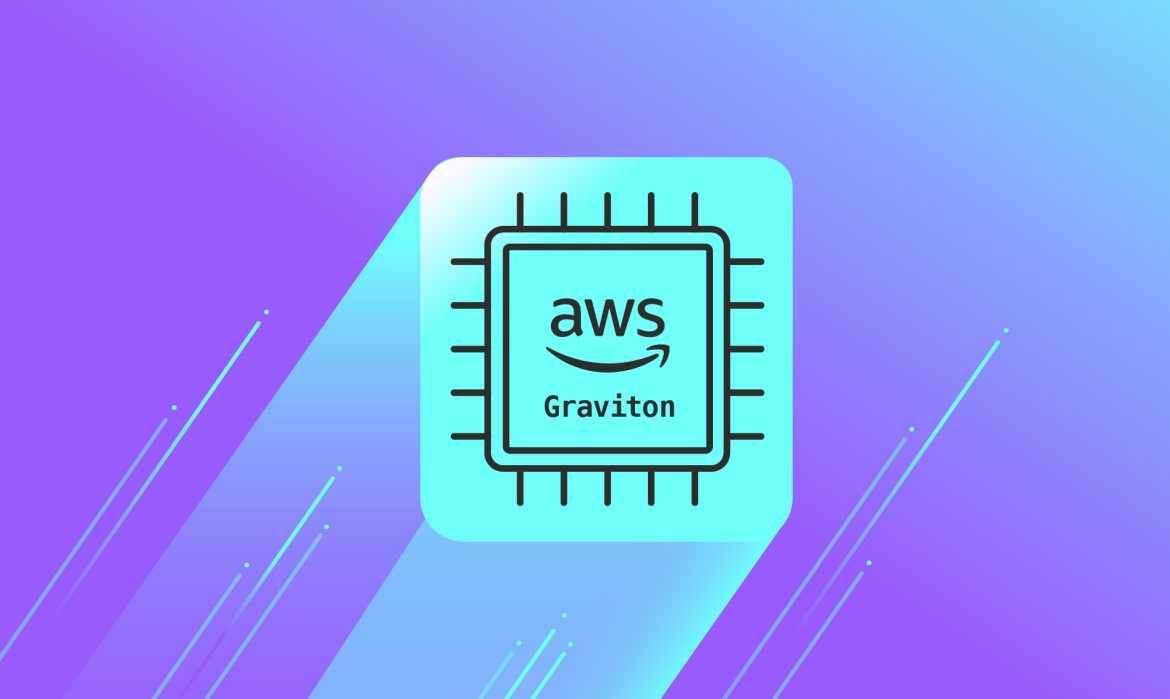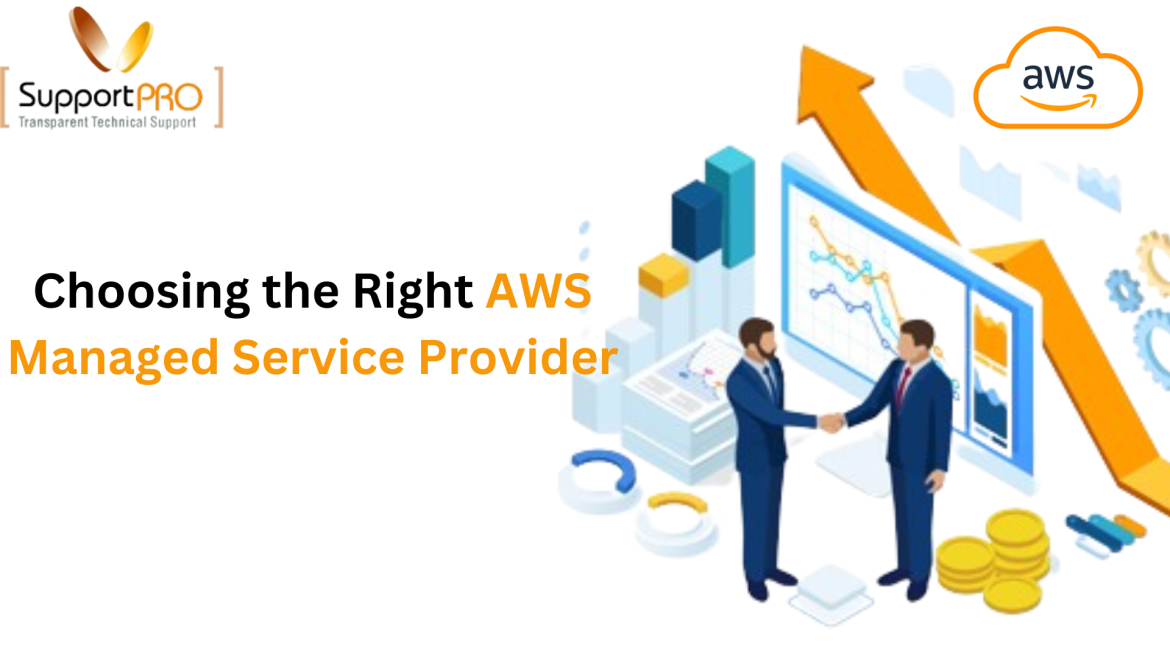Introduction The DevOps movement has changed the way software teams work, from build and test to deployment and release. DevOps reduced time to release and increased software quality by focusing on collaboration, automation, and feedback. An integral piece to this is CI/CD (Continuous Integration and Continuous Delivery/Deployment). But in today’s world, companies don’t deploy to only one cloud. They frequently operate in multi-cloud using a combination of AWS, Azure, Google Cloud and even on-premises. Pipelines through such various infrastructure are difficult to operate. In this blog, we will try to …
AWS
If you have been using cloud services, you must be familiar with Amazon Web Services, Google Cloud, and Azure, the three most prominent players in the cloud computing industry. Although you can adopt a multi-cloud strategy and work with all three, most entrepreneurs want to stick to a single cloud service provider. Each option we’ve discussed in this post is popular for its exceptional services. We’ll compare them on the basis of services, cloud infrastructure, perks, pricing, and other parameters to help you make an informed decision. Understanding Cloud Computing …
These days, nearly every business relies on AWS or Google Cloud to power its operations. But here’s the problem: the cloud bills keep climbing higher each month, sometimes with no clear explanation. The convenience of spinning up resources with a few clicks comes with a hidden tradeoff of financial sprawl that creeps up until it becomes a budgetary crisis. Why This Happens: Getting Started with Cloud Cost Savings Before cutting down your cloud expenses, you need to understand what you’re actually paying for. Both AWS Management and GCP Support have …
The financial technology sector doesn’t just use the cloud. It battles on it. With more than 83% of FinTechs citing infrastructure scalability as their top backup, cloud solutions are like bringing a butter knife to a cyber war. For startups processing microloans or giants handling payments, a cloud support service isn’t a luxury. It’s the backbone that prevents compliance fines, fraud leaks, and scaling. This blog dissects how FinTech-focused cloud architects turn tech in a strategic way. 1. Compliance on Autopilot FinTech companies navigate GDPR, PSD2, SOC 2, and a complex landscape of regional …
Cloud computing has become the backbone of modern businesses and Amazon Web Services (AWS) is one of the most popular cloud platforms, offering a wide range of services to help organizations scale and innovate. However, as cloud usage grows, so do the costs. Without proper management, your AWS bill can quickly spiral out of control. To avoid that, AWS provides several tools and strategies to help you optimize costs without compromising performance. This blog will explore practical ways to reduce your AWS spending. 1. Right-Sizing Your Resources One of the …
The Power of AWS Snow Family for Seamless Data Migration and Edge Computing
AWS Snow Family is a bunch of physical devices and services provided by Amazon Web Services (AWS). This allows organizations to transfer large amounts of data to or from the AWS Cloud. These devices are particularly useful for environments with limited resources such as limited network connectivity, and unreliable, or cost-prohibitive for transferring massive data entities.
In this era of the ever-evolving world of cloud computing, where Amazon Web Services (AWS) has introduced several groundbreaking technologies. One of the most talked-about innovations in recent years is the AWS Graviton Processor. But what exactly is it, and does it live up to the hype? In this blog, we will break down AWS Graviton processors, how they work, whether they are game-changing advancements or if their excitement is overblown. What is AWS Graviton? AWS Graviton is a family of processors built by Amazon Web Services specifically for cloud …
In today’s fast-changing digital environment, it is crucial to ensure applications are consistently available and perform well. The Amazon Web Services (AWS) Elastic Load Balancer (ELB) is essential for distributing incoming traffic across various targets, including EC2 instances, containers, and IP addresses, thereby improving fault tolerance and scalability. However, as with any intricate system, ELB can experience errors with configuration issues that, if not quickly resolved, could affect the performance and reliability of your applications.
Choosing the Right AWS Managed Service Provider: Key Consideration Factors
Considering scaling your business operations to AWS Cloud? If yes, picking the right Managed Service Provider (MSP) is crucial to ensure a smooth and effective transition. With so many MSPs available in the market, it might be overwhelming to determine which one will suit their organization’s needs. This article will highlight the key considerations when selecting an Amazon Web Services (AWS) Managed Service Provider. We will cover all the essential areas you need to consider, from assessing their expertise and experience to evaluating their support and pricing models. We want …
Understanding AWS Support Services: Levels, Benefits, and Best Practices
Welcome to the comprehensive guide on understanding AWS Support Services. Whether you are a beginner or an experienced user of Amazon Web Services (AWS), clearly understanding the support levels, benefits, and best practices is crucial to optimizing your AWS experience. This blog will delve into the various AWS support levels and offerings. From essential documentation and forums to personalized technical assistance, we will explore the differences between Basic, Developer, Business, and Enterprise Support plans. By understanding the features and limitations of each plan, you can select the one that aligns …


